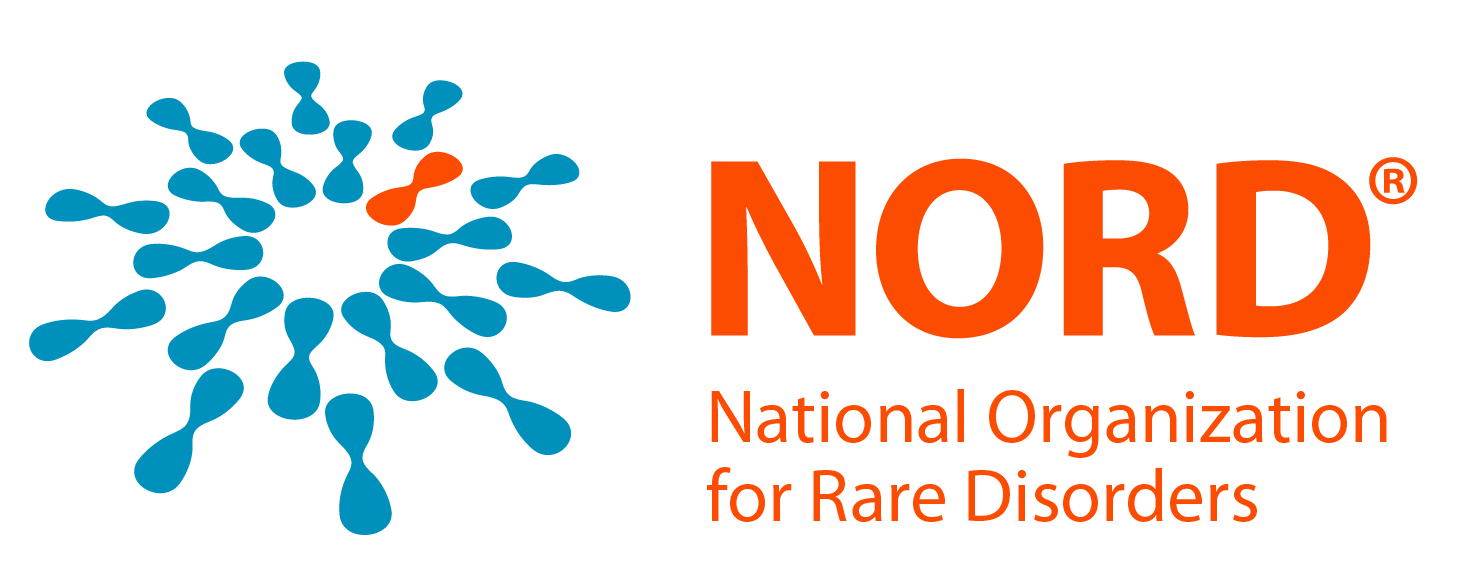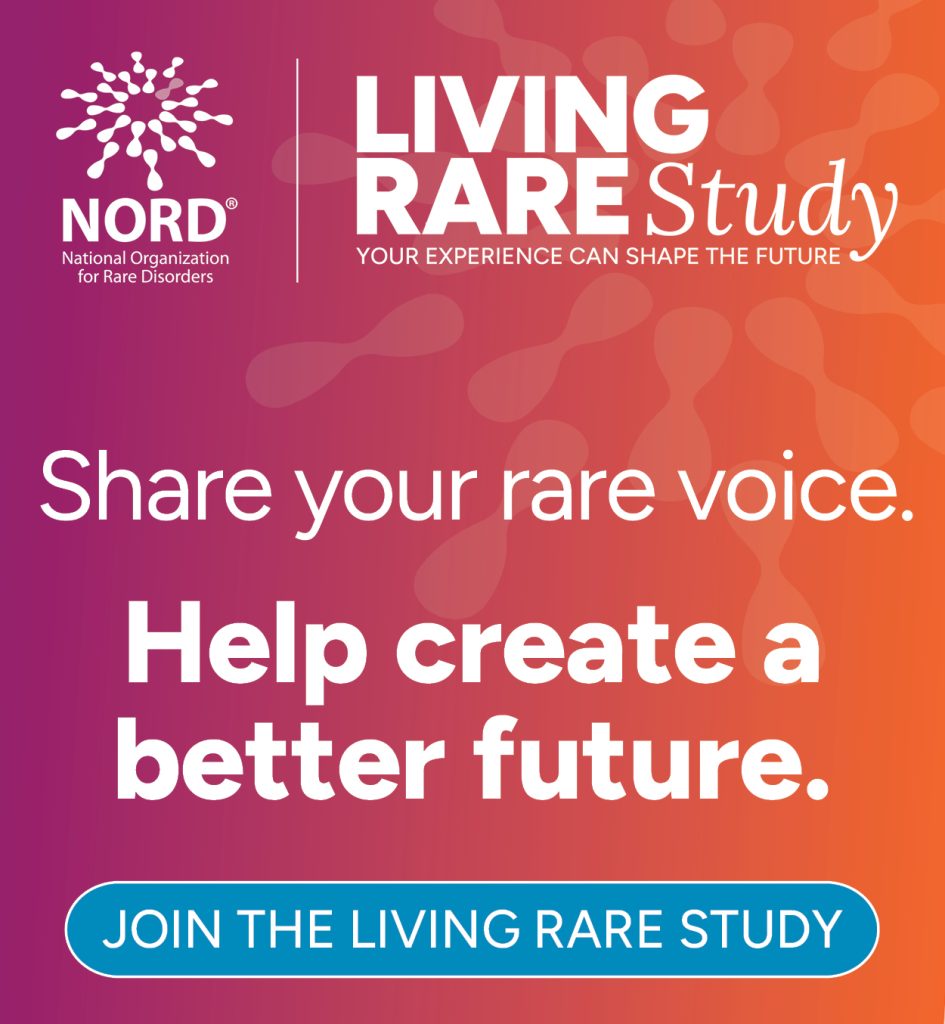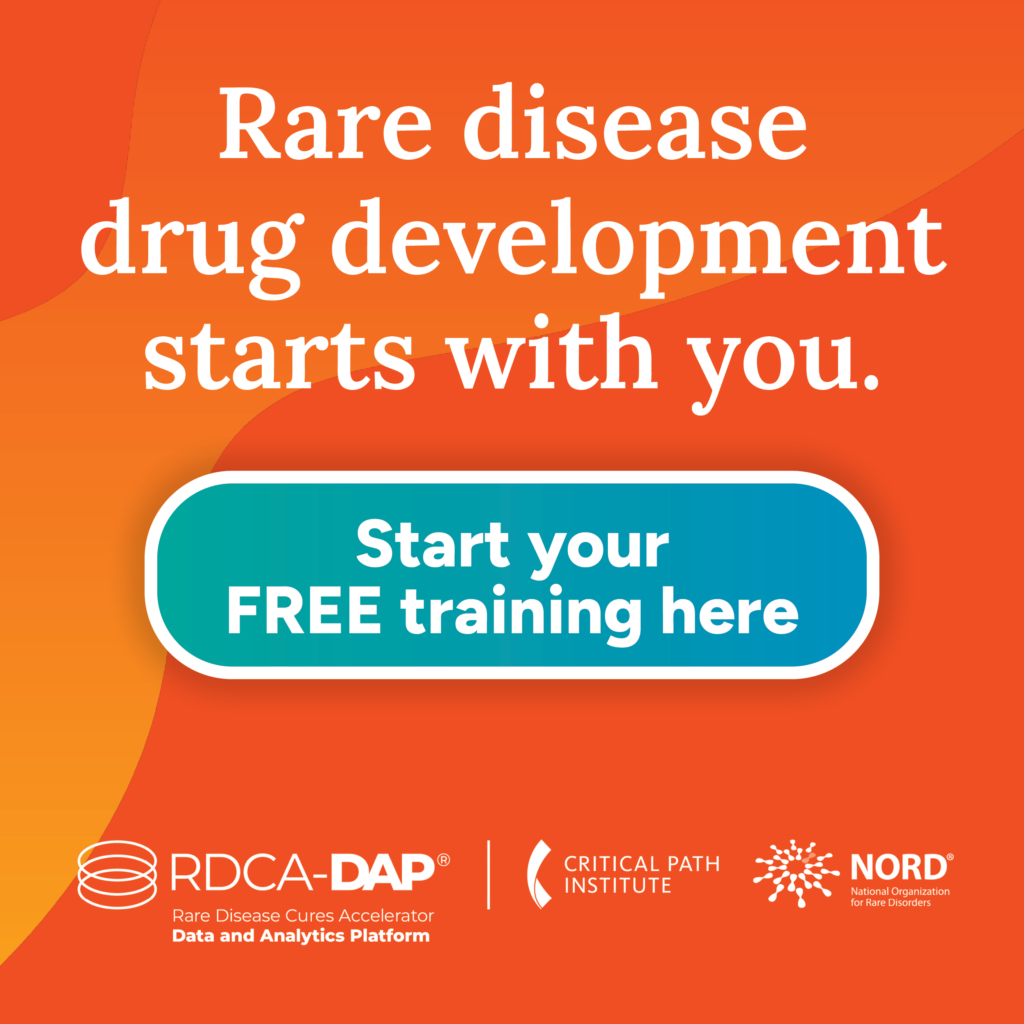I woke up this morning in a great mood. Something wonderful happened last night. Let’s see, what was it? Oh yeah, that Jeopardy question. Ugh. Then there was the realization that the moment was over, for good. Done and gone. So fleeting fame can be.
The question was “Diazoxide is used to treat low blood sugar, medically called by this single word.” The contestants were stumped but our rare disease community was buzzing. For a couple of hours last night, our global rare disease patient group went nuts on Facebook. We were glowing. We were finally recognized rather than living our lives in the shadows with a disease no one has ever heard of. Something about our rare disease was broadcast into millions of homes– a moment in the sun. We basked in it.
Here are some of the excited comments on our Facebook pages: “Wow,” “That’s nuts,” “My dad was watching tonight and saw this.” “I saw that too.” Then there was discussion about the phrasing of the question. “Ha-ha!! We all knew it, but technically it is not a well worded question since it really treats hyperinsulinism and hypoglycemia is a symptom, right?!!” “Most of us would have screamed hyperinsulinism before hitting the buzzer.” And then, the pure joy and humor about our orphan drug’s celebrity status. “I am impressed that diazoxide has reached such a height!! LOL!”
It was really like we had won the lottery. The drug that treats some of us and our children had suddenly become famous, and we felt famous too, by association. In our hyper-focused global online community we constantly talk about diazoxide, but nobody else does. Well maybe some rare disease pharmacists, physicians and nurses do, but that’s it. And now millions had heard of it because of some chance research by a Jeopardy writer.
So do we just leave it there, let this great moment of recognition slip? No way. Our craving attention is actually not a vanity thing. The disease we all know too well that the rest of the world doesn’t know about is congenital hyperinsulinism. Increased knowledge of the condition leads to increased timely diagnosis, which leads to fewer people dying or becoming permanently brain damaged from it. It really is a matter of life and death and preventing irreversible brain damage.
The millions of viewers from Jeopardy are gone, but maybe because of the happy coincidence of a Jeopardy trivia question hovering on the border of our disease, this little story will be posted or printed somewhere where hundreds, maybe thousands of people will see it.
Here are some facts about the condition treated by diazoxide, the orphan drug made famous by Jeopardy last night: It is called congenital hyperinsulinism or HI or CHI, for short. It causes severe and prolonged hypoglycemia. It affects 1 in 25,000 to 50,000 births. It is hard to diagnose in newborns because newborn behavior sometimes is similar to symptoms of hypoglycemia. Also newborn babies often have short-lived hypoglycemia that is not dangerous because nature is protecting typical babies’ brains. Not the case with our HI babies. HI babies are often born very large, but not always. The symptoms of hypoglycemia are: excessive hunger, irritability, sleepiness, shakiness, lethargy, seizures, and blood sugar levels below 70 mg/dL (3.9 mmol/l). In some cases HI can be cured with surgery. Medication and/or surgery help patients to achieve safe blood sugar levels. This is a treatable condition if it is caught before damage ensues. Catch it! For more information, go to our website: www.congenitalhi.org. Spread the world. Make our moment of fame last. Oh, and the answer to the Jeopardy question: “Hypoglycemia.”
————
Julie Raskin is the Executive Director of Congenital Hyperinsulinism International.





